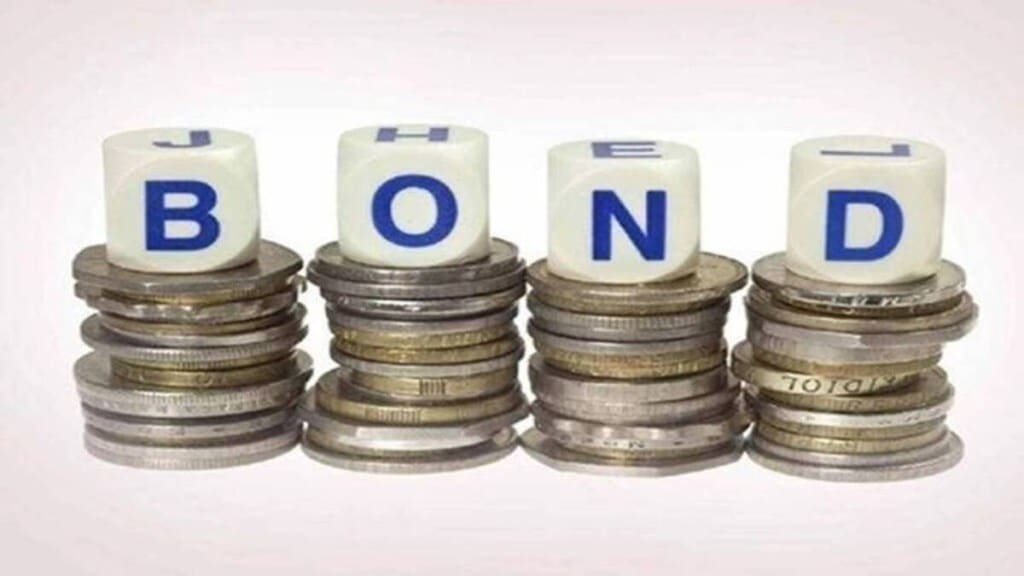JP Morgan has announced the inclusion of India in the Government Bond Index-Emerging Market (GBI-EM) from mid-2024 in a calibrated manner. India’s weight will increase to a maximum threshold of 10% in a phased manner between June 2024 and March 2025 on the back of 23 gilts having an aggregate notional value of $330 billion that are eligible for inclusion. The inclusion is the culmination of many years of negotiations between the index agency and the Indian authorities.
India stood its ground on taxation, settlement, and investor KYC till the index agency came around. The issue of unrestricted access was resolved through the Fully Accessible Route in specific gilts. The exclusion of Russia, the stress in relationships between China and the Western world, and the limited choice of credit-worthy investment options in emerging markets probably pushed the index agency toward the Indian viewpoint.
Global investors, there can be no doubt, have had an excellent experience in the Indian equity market for decades now. India is one of the most open countries for international investors. There is no parallel globally where the largest FMCG company, telecom company, automobile maker, asset management firm, private sector bank, and insurance company are all majority foreign-owned.
The index agency has claimed that over 70% of investors favoured India’s inclusion. Strangely, there is a sizeable unutilised limit for foreign portfolio investment in gilts. Hopefully, the recent trend of buying by FPIs in the debt market will accelerate as the inclusion date comes near.
For the index agency, it truly is a case of better late than never. Hopefully, equity index agencies will also listen to the investors and include HDFC Bank at fair and full weight rather than the discounted one currently.
This debt index inclusion must create a win-win situation for investors and India. Global investors will be looking forward to the ease of investing in India. Our on-boarding process and policies, primarily related to tax, should give them the confidence to become long-term investors in India.
Investors will participate in the debt market of the world’s fastest-growing major economy, which, by and large, has given real returns. India hasn’t defaulted since the beginning of the Indus Valley civilisation. The country has had more FX reserves than net FX debt (excluding NRI deposits, which get rolled over on maturity) for some time. It is also the only major economy in the world that has improved upon its debt-to-GDP ratio in the period between the US sub-prime crisis and the Covid crisis. While this improvement can primarily be attributed to extensive household and corporate de-leveraging, the government debt (viewed as a percentage of the GDP)—despite Covid spending—is still in the 80s, a much better showing than most of the developed world.
It can be expected that, some day, the rating agencies will drop their moody and poor standards and come around, reflecting the market’s wisdom, which prices Indian bonds at a much finer spread than the ratings assigned. The market can seldom be wrong for such an extended period, in consistently giving finer spreads.
India must maintain prudent fiscal and monetary policies to ensure that the global investors’ money and trust remain safe. India, unlike most Western countries, must maintain a balance between debt and GDP growth. The debt raised from global investors must be used for investment and capital formation.
The inclusion in the JP Morgan debt index will help bridge the perennial deficit in the current account and balance of payment. The Reserve Bank of India (RBI) will get a lot more elbow-room to manage the rupee. It will give depth to the Indian debt market by expanding the investor base and bringing an alternative liquidity pool. Global investors’ demand will develop sophisticated products on hedging and risk management. A deep and efficient bond market will lower risk premiums and yield. This can reduce borrowing costs for the government.
The inclusion in the index is a huge step in the right direction. There are other debt indices like the Bloomberg Global Aggregate Bonds Index where we need to claim our rightful spot. We should encourage global investors to set up offices in the GIFT City to participate in our markets. They can also consider the GIFT City platform for regional investments. Such partnerships can help develop GIFT City as an international finance centre.
The debt index inclusion assigns India the responsibility to set an example for other emerging market economies in winning the trust of investors and furthering market development.
I have no doubt in my mind that the long-term investors’ experience in the Indian debt market will be as good and rewarding as it has been in the case of the Indian equity markets. Global capital and India can create a win-win model for other emerging markets to emulate.
Nilesh Shah, Managing director, Kotak Mahindra Asset Management Co. Ltd. Views are personal.
